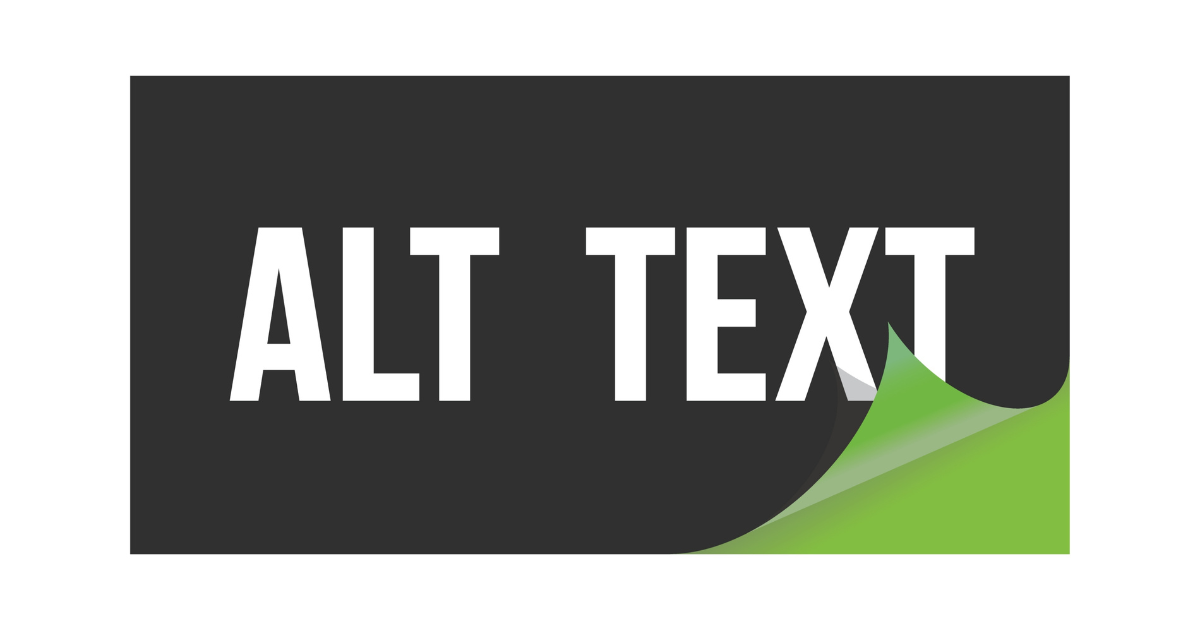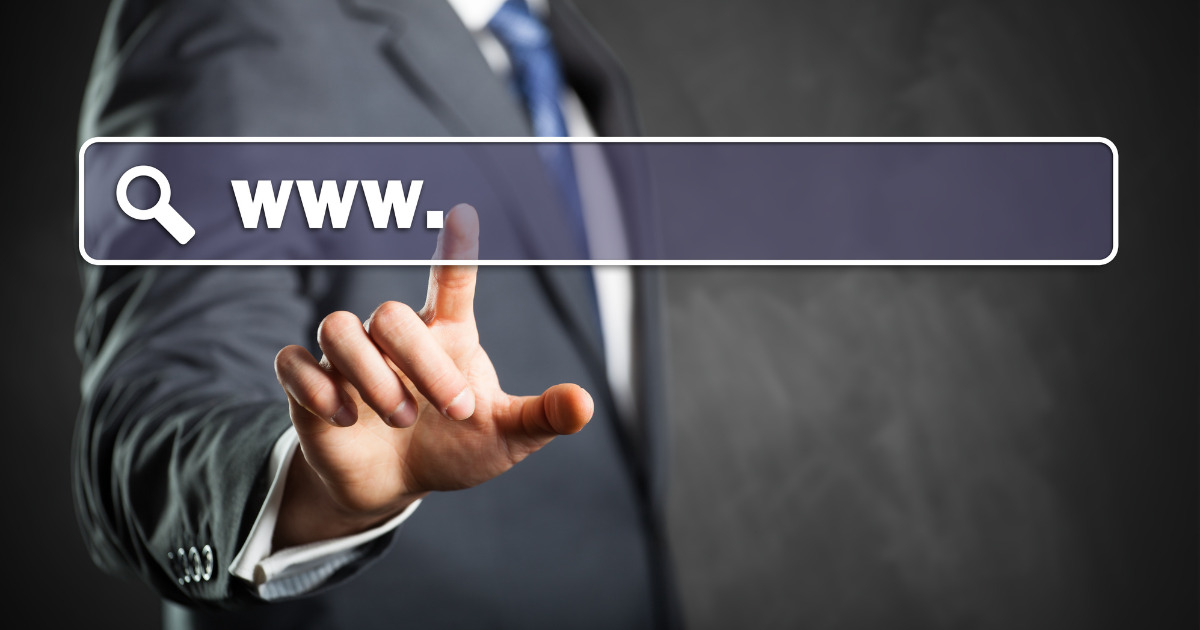What role does the canonical tag play?
I don’t know how to use canonical tags.
If you are reading this article, are you thinking the same thing?
The canonical tag is also related to SEO, so you need to know its role and how to use it.
Therefore, in this article, we will thoroughly explain the role, usage, and precautions of canonical tags.
If you are facing issues with internal SEO measures, please use this as a reference.
Table of contents
What is a canonical tag?
The canonical tag is a tag that tells search engines which page you want to canonicalize (the page you want to rate) if the information on the web pages is similar or duplicated.
For example, if three pages A, B, and C are duplicates, you can normalize page A by writing canonical tags on B and C.
There are two main purposes for using canonical tags.
I will explain each.
Purpose 1. Eliminate duplicate pages
One purpose is to eliminate duplicate content.
If you leave duplicate pages alone, unintended URLs will be normalized, making it difficult for URLs that you originally wanted to normalize to be evaluated.
By writing the canonical tag, it is possible to focus the evaluation on the URL that you originally want to canonicalize.
Purpose 2. Aggregate link ratings
The second is to aggregate link ratings.
If there are multiple duplicate pages and each page has a link, the evaluation from search engines will be dispersed.
By writing the canonical tag, the URL is canonicalized, so it is possible to prevent link evaluations from being distributed.
What is URL canonicalization?
We have explained the outline of canonical tags so far, but what is URL canonicalization? For those who think so, I will explain about URL canonicalization.
URL normalization is a measure that tells search engines which pages (URLs) should be evaluated among duplicate or similar pages on a website.
This article explains how to canonicalize URLs using canonical tags, but there are other ways to use 301 redirects.
301 redirects are used to force users to another page.
However, 301 redirects may not be available depending on the server, so use canonical tags in such cases.
How to write canonical tags
Next, I will explain how to write the canonical tag.
There are two ways to write it, so use the method that suits you best.
I will explain each.
Method 1. write directly
Write the canonical tag in the head of the page as follows.
<link rel="canonical" href="https://example.com/">
For the URL specified in the canonical tag, enter the URL you want to canonicalize.
- Write the canonical tag on duplicate pages (pages that you do not want to normalize)
- The URL written in the tag is the URL of the page you want to normalize.
Also, if you place a canonical tag other than the head, it will not be read correctly.
Be sure to write it in the head to get proper evaluation from search engines.
Method 2. Write using plugins
If your website uses WordPress, you can also use a plugin to write canonical tags.
If it is a famous plugin, you can write canonical tags with All in One SEO Pack.
If you are using WordPress, we recommend using a plugin to write the information, as it is easier and more reliable than entering it directly.
Cases where it is necessary to write canonical tags
So in what cases is it necessary to set canonical tags?
This chapter introduces seven cases where you need to write canonical tags.
Please use this as a reference to check whether the website you are running falls under this category.
1. landing page
It is no exaggeration to say that canonical tags are essential for landing pages (LPs).
Landing pages must include parameters in the URL in order to measure advertising effectiveness.
*Parameters are variables added to URLs to measure effectiveness.
Generally, you will assign various parameters to one landing page, resulting in multiple URLs.
For example, if you are trying to attract customers using Google’s listing ads, Twitter ads, and Facebook ads on one landing page.
Assign parameters to find out which medium is most effective, or to measure how much traffic each medium receives.
In this case, there is one landing page but three URLs, so if you do not normalize the URLs, they may be recognized as duplicate pages.
2. If there are product pages with high similarity
In the case of e-commerce sites, there are often pages with a high degree of similarity, such as the same product in different colors or sizes.
In such cases, there is a high possibility that search engines will consider the content to be duplicate content due to the high degree of similarity.
Let’s normalize the URL with the canonical tag.
3. If the URL differs depending on the device
Even if the URLs of your PC site and smartphone site are different, use canonical tags to normalize the URLs.
Since the display sizes of computers and smartphones are different, it is necessary to create a site that displays differently.
At that time, if you create sites with different URL formats, the content may be the same but the URLs are different, and it may be recognized as duplicate content.
4. When conducting an AB test
If you want to perform an AB test without changing the content, use the canonical tag to normalize the URL.
In AB testing, the content is often the same, with only a different button, catchphrase, or image.
In such cases, write the canonical tag to canonicalize the URL.
5. When supporting AMP
When implementing AMP, also use canonical tags to canonicalize URLs.
AMP-compatible pages and non-AMP-compatible pages may be recognized as duplicate content.
6. If the URL has http, https, etc.
Even if there are differences between http and https in the URL, or differences in the presence or absence of Index.html or www, use canonical tags to normalize the URL.
In this case, the content is the same but the URL is different, so search engines may recognize it as duplicate content.
7. If 301 redirect cannot be set
As mentioned above, if you cannot set up a 301 redirect, you need to canonicalize the URL using the canonical tag.
Depending on the server you are using, you may not be able to use 301 redirects, so in such cases, use canonical tags.
However, keep in mind that page transitions are not forced when using canonical tags.
Notes on canonical tags
Next, we will explain the points to note when writing canonical tags.
Please use this as a reference to ensure that canonical tags function correctly.
I will explain each.
Points to note 1. Don’t make them all the same URL
Make sure not to write all the same URLs in canonical tags.
If you use the same URL for all pages, there is a possibility that all pages will be recognized as having the same content, and search engines may not give you the correct evaluation.
Be sure to specify the official URL and write the URL of that page.
Note 2. Write the correct URL
If you write the URL incorrectly, it may not be evaluated correctly by search engines.
In the worst case, this could lead to a significant drop in the ranking of the entire site.
When writing canonical tags, be sure to check that you have written them correctly, including the URL.
Note 3. Do not install multiple canonical tags
Avoid placing multiple canonical tags on one page.
If you install multiple tags, the tags may not work and the URL may not be normalized.
For example, if there are multiple site operators and the rules are not unified, some people write directly and others write using plugins, so multiple canonical tags may be installed.
In order to receive the correct evaluation from search engines, make sure that you do not have multiple canonical tags installed.
Note 4. Write the URL as an absolute path
When writing the URL of the canonical tag, use an absolute path.
There are two types of URLs: absolute paths and relative paths, and relative paths have the URL omitted.
If you write a relative path, search engines may not be able to correctly recognize the URL, and the URL may not be normalized correctly.
How to check if canonical tag is set
Finally, we will introduce two ways to check whether the canonical tag is set.
I will explain each.
Method 1. Check website source
The first method is to look at the website source and check if there is a canonical tag.
The steps are as follows:
- Right-click on the page you want to check the source of and click “Show Page Source”
- When the page source is displayed, search for “canonical” in the page search
This way you can check if the page has a canonical tag.
Method 2. Check with Google Search Console
Another way to check is to use Google Search Console.
The steps are as follows:
- Visit Google Search Console
- Click “URL search” and enter the URL of the page you want to check.
- Check “Canonical URL specified by user” and “Canonical URL selected by Google” under “Coverage” on the displayed screen.
If you use Google Search Console, you can check canonical tags using this method.
With this method, you can only check sites for which you have Google Search Console authority, so if you want to check the source of another company’s site, check the page source.
[Summary] Use canonical tags correctly and evaluate appropriately
The canonical tag is a tag that tells search engines which page you want to canonicalize (the page you want to rate) if the information on the web pages is similar or duplicated.
It is used to receive appropriate evaluation from search engines, so it is something you should be aware of when working on SEO.
When actually writing canonical tags, use the method introduced here.
However, please judge whether writing the canonical tag is really necessary and be careful not to write it incorrectly.
By writing correctly on the right page, you can get good reviews from search engines.
At our company, Xscore, we support our customers’ SEO.
If you have any trouble not only with internal measures but also with content measures or external measures, please feel free to contact us.




